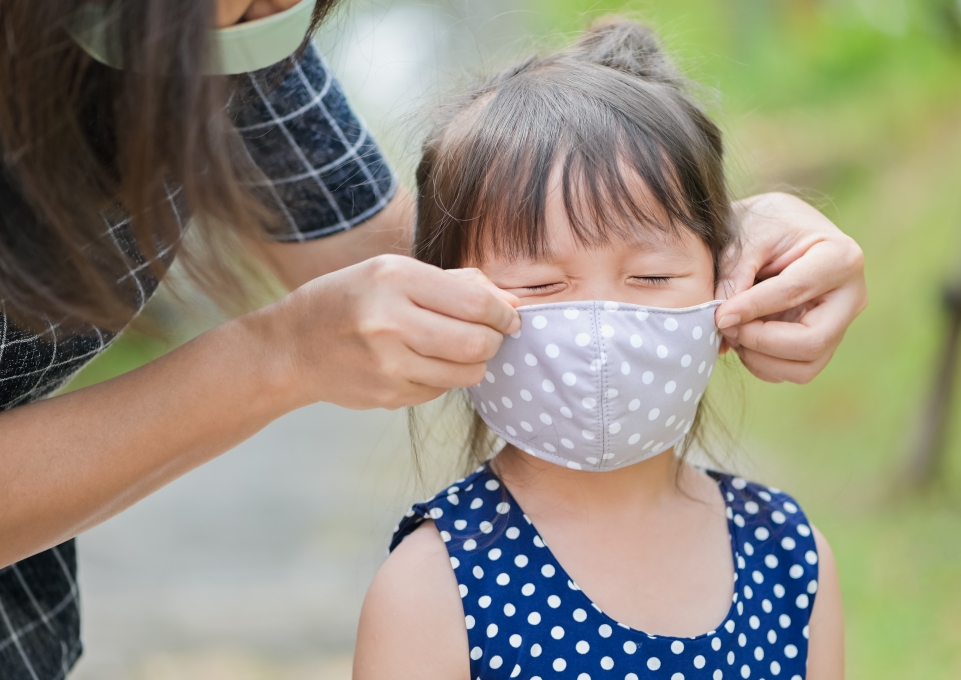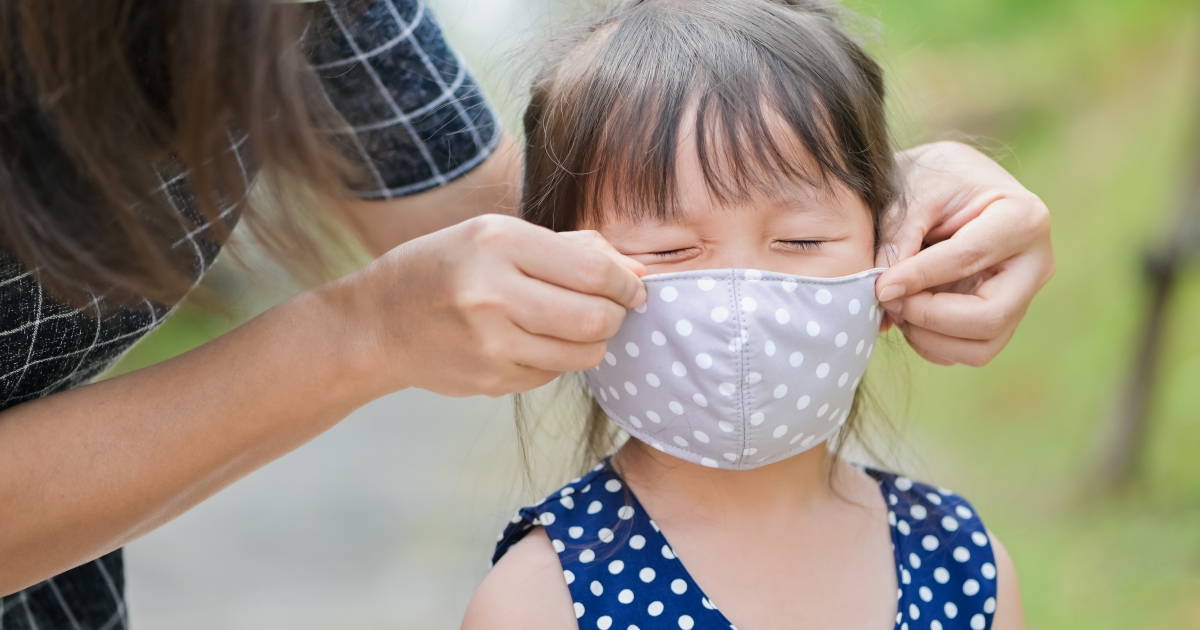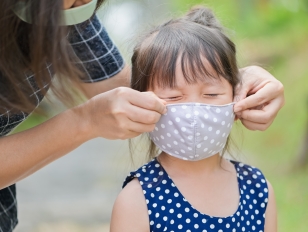
Two Buffalo State College School of Education faculty members shared advice on helping young children wear facial masks for an article that appeared in the September 4 edition of the Buffalo News.
Nanci Monaco, a licensed psychologist and associate professor of elementary education, literacy, and educational leadership, and Kathy Doody, associate professor of exceptional education, weighed in on creative ways to get kids to put on—and keep on—face masks. As the academic year begins for most Western New York schools during the ongoing coronavirus pandemic, children of all ages will be required to wear masks while in the classroom.
Monaco, who recently coauthored a children’s book, Covid Kids: Joy’s Story of Coping in a Difficult Time, with her husband, child psychologist Mark Schachter, suggested that parents have their children wear masks at home while engaging in other activities, such as baking cookies. Start with five minutes, she said, and gradually extend the time period.
Doody, who provides consultation and teacher in-service training to schools and agencies serving children with autism, also has a 23-year-old son with autism. She’s used a similar strategy called “shaping,” which is meant to get children with disabilities to wear their mittens, hats, or leg braces, for instance, while doing a favorite activity.
Recently, she had her son watch videos on subjects that pique his interest while wearing a mask. If he took off the mask, she shut off the video.
“It was very effective,” she said. “I shared this idea with families on a closed Facebook page that I co-facilitate and described to parents how to implement it.”
Doody and Monaco also suggested physical ways to make masks more comfortable for kids, such as adding an extender or headband to take pressure off the back of the ears or buying silicone inserts. Slipped between the mask and the face, the inserts are lightweight and can be chilled. This can be especially helpful for children with sensory issues.
They also said using mirrors and making homemade videos can make children not only comfortable but also confident wearing a mask. As a result, they may end up encouraging other children to follow their example.



